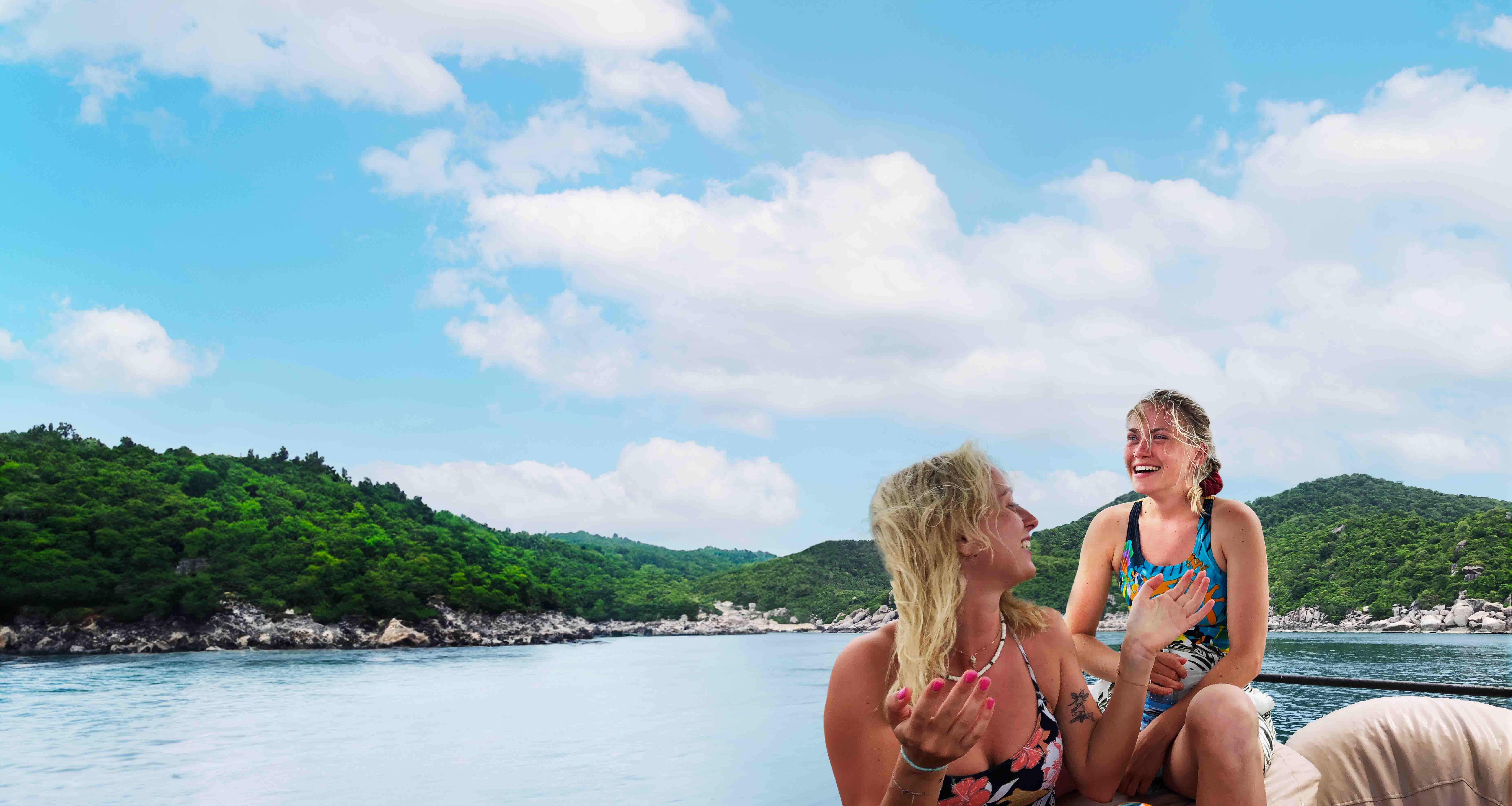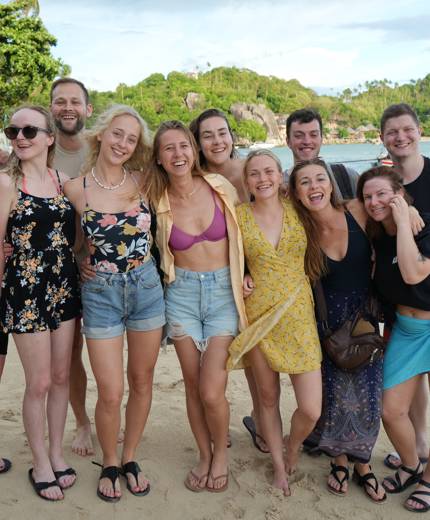Travelling with like-minded people and making new friends from all over the world is a great way to experience new places. Our adventure tours are made up of small groups of international travellers with itineraries designed to cover the highlights and some lesser-known gems.
You'll be accompanied by English-speaking guides with valuable local knowledge. Accommodation and local transportation is included and while some meals are included too, we like to balance convenience with exploration and leave it up to you to go out and discover local cuisine on your own.
Perfect for solo travellers
If you're travelling solo but like the idea of ready-made company, then a group tour is for you! You'll meet other solo travellers on our adventure tours, along with couples and groups of friends. It's a great way to make new friends while having all the day-to-day itinerary and logistics organised for you.
On a small-group adventure tour, you'll often have the option of sharing a room with a fellow solo traveller (the cheaper option). Or if you prefer your own space, you can usually upgrade to a private room (at an additional cost).
Unsure of the best option? Our team are here to help.
Tripmates by KILROY
Looking to join a group of social, adventurous travellers very much your own age? Check out Tripmates by KILROY! Epic group tours designed exclusively for 18-24s and 23-31s.


